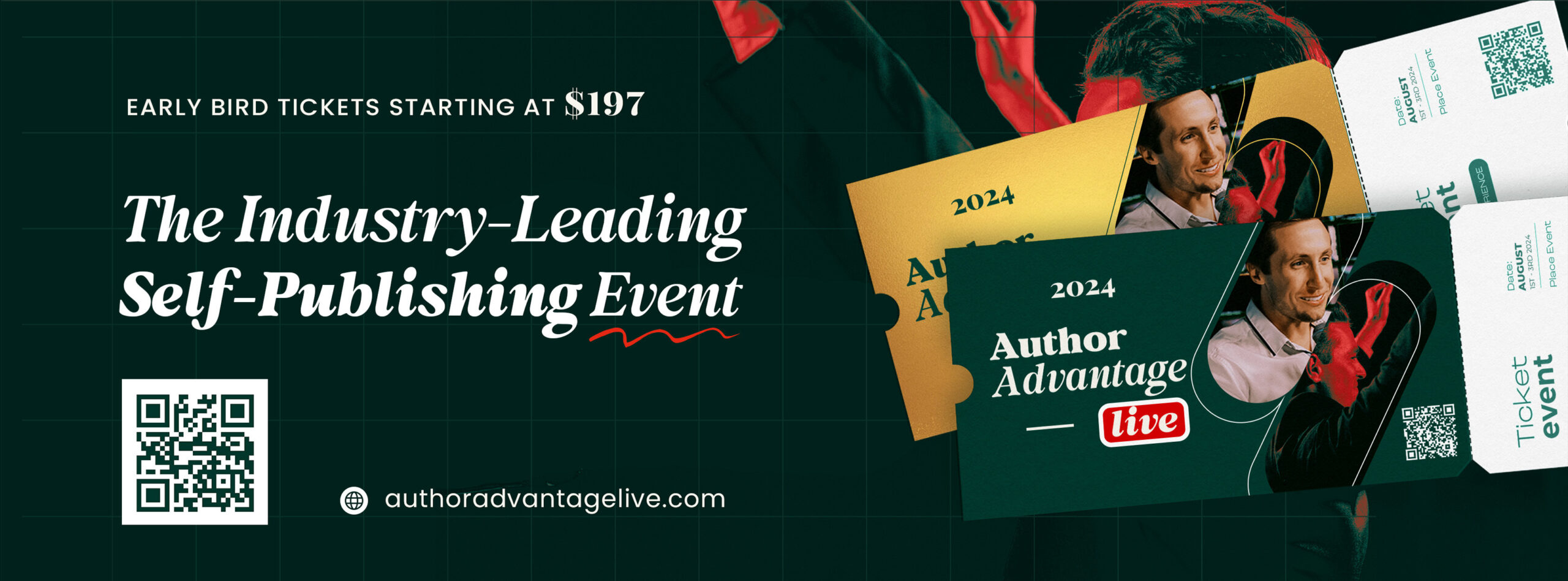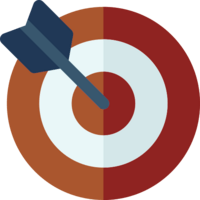WHAT DO YOU WANT TO LEARN?
Helpful Articles
Learn everything you need to know about book design, book production, and self publishing success.
RECENT ARTICLES
Free Resources
Explore our free tools and resources to help you write, market and publish your book.
Book Cover Design Checklist
Free Writing Training
Advanced Publishing Kit
Book Profit Calculator

Ultimate Resources Bundle for Newcoming Book Authors
Empower yourself with the knowledge and tools you need to become a confident and accomplished author. Don’t let your writing dreams linger !







